Mark Kaufman—a high-school woodworking teacher and collector of vintage runabouts—spent years looking for a classic runabout design to build that would complement his antique two-cylinder Mercury outboards. He had in mind something small enough to hum along with a 10- to 20-hp outboard and with a roadster-style cockpit to accommodate two. Kaufman knew that runabouts with hard chines could get tripped up during tight maneuvering and throw their pilots, so he wanted a boat with beveled—or “anti-trip”—chines. He found such a design while perusing a 1938 issue of Motor Boating magazine, which featured plans and building instruction for a boat designed by Bruce N. Crandall. The article, “Flyer—A Midget Runabout,” written by Crandall’s brother, Willard, stressed the 10′ Midget’s ease of construction, overall lightness, low cost, and ability to plane when powered by a 5- to 10-hp outboard.Some 82 years later, these same attributes appealed to Kaufman, who opted to power his Midget with a 1950 Mercury KG7 Super 10 Hurricane—“the hotrod of the day,” he noted. “It’s a ball of fire.” In practice, the KG7 performs more like a 16- to 18-hp, which bumps up against Crandall’s maximum power recommendation of a 16 hp. The outboard is equipped with a yoke for steering. The arrangement of the steering cable and pulleys adds to the wheel’s mechanical advantage for a light touch with firm control. The plans called for spartan accommodations in the cockpit: just a plywood backrest and the floorboards for a seat. The cushions are a wise addition.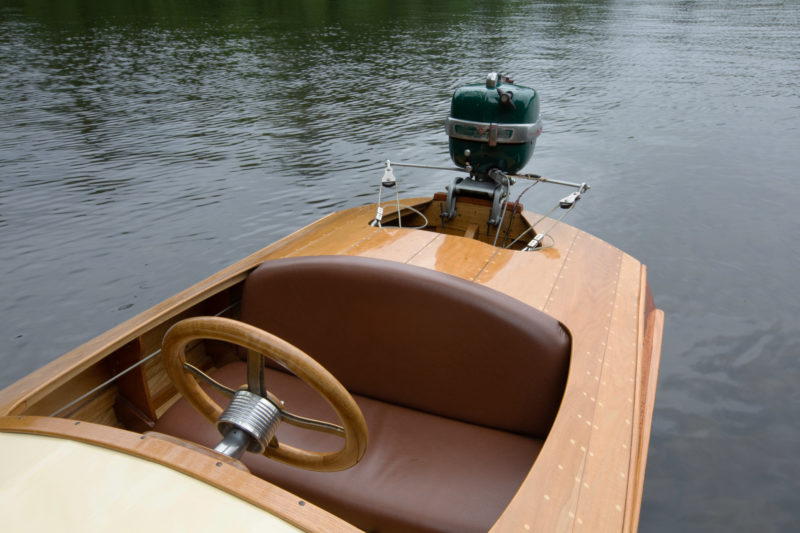 Donnie Mullen
Donnie Mullen
Join The Conversation
We welcome your comments about this article. If you’d like to include a photo or a video with your comment, please email the file or link.
Comments (18)
Leave a Reply
Stay On Course

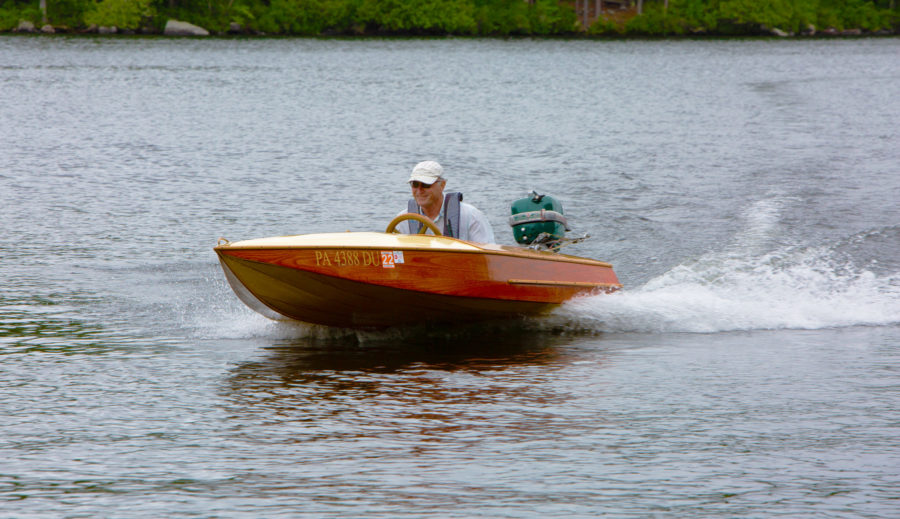
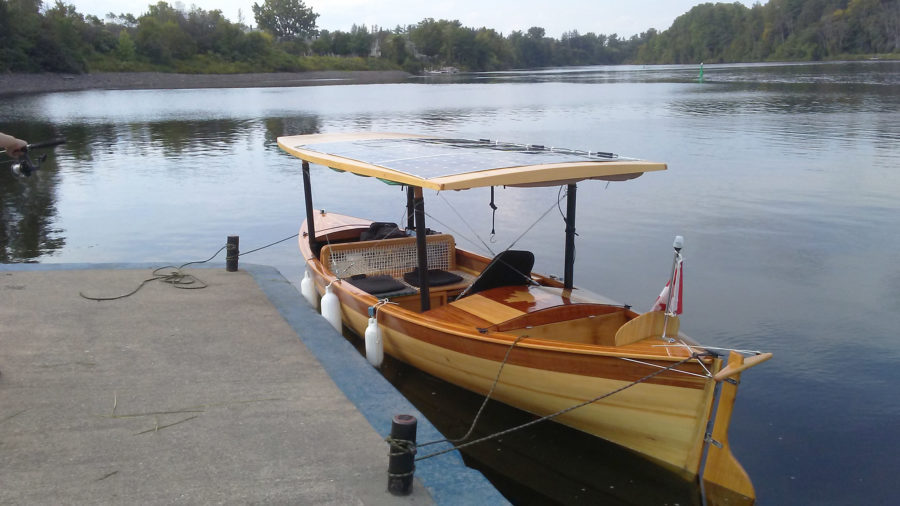
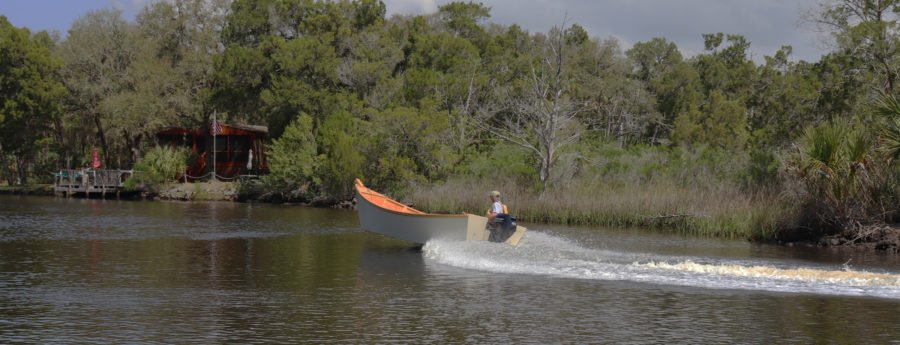
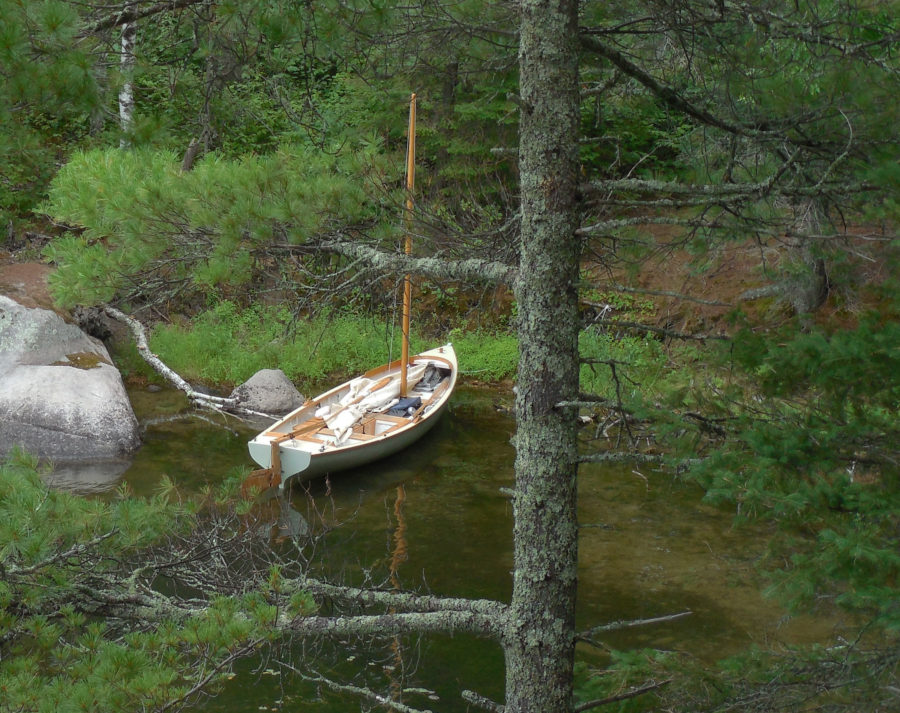
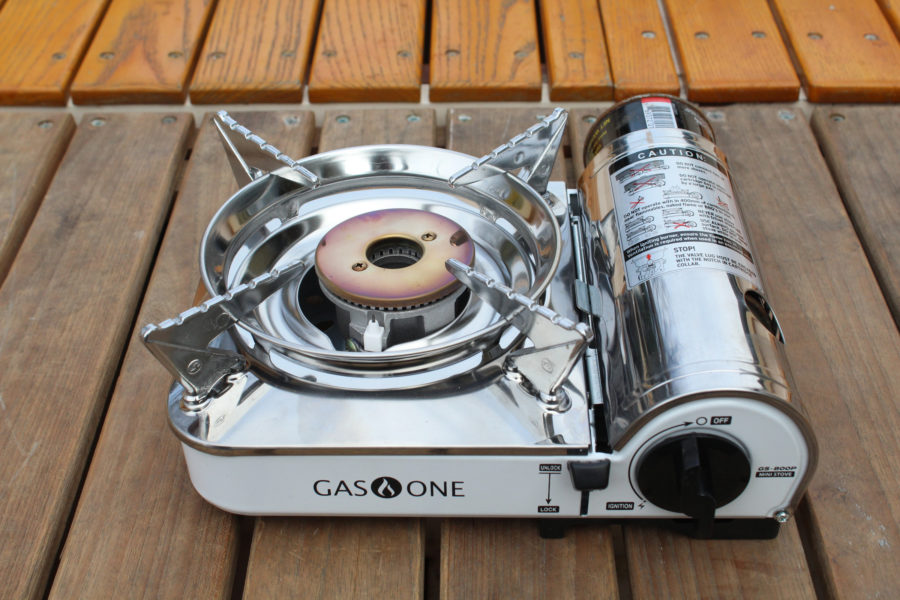
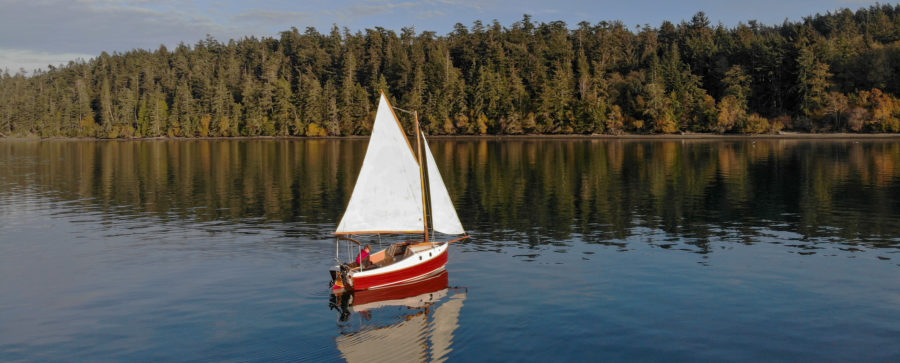

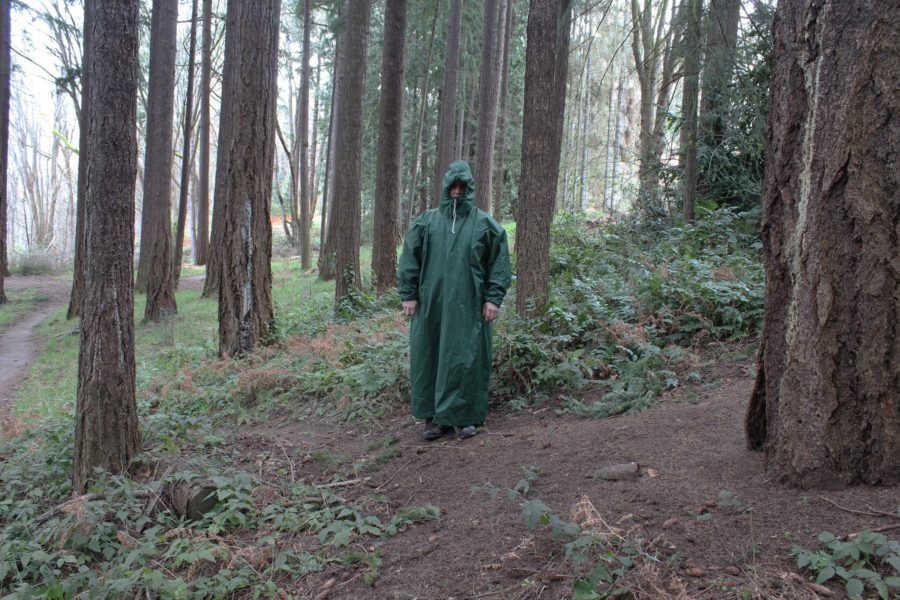
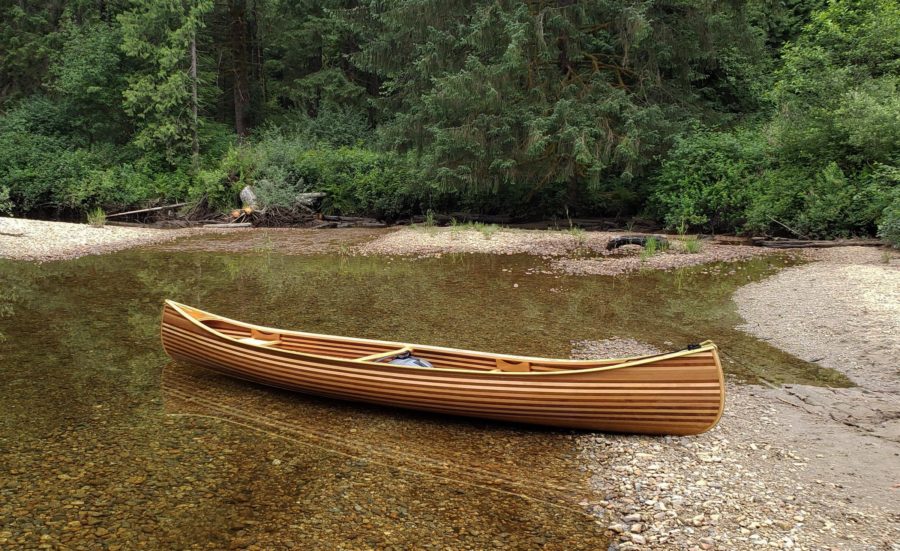

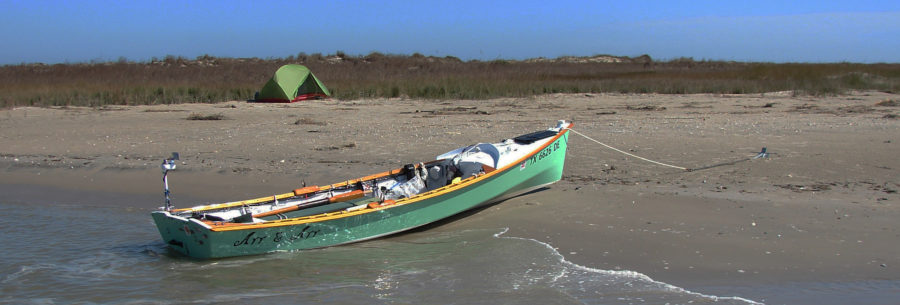
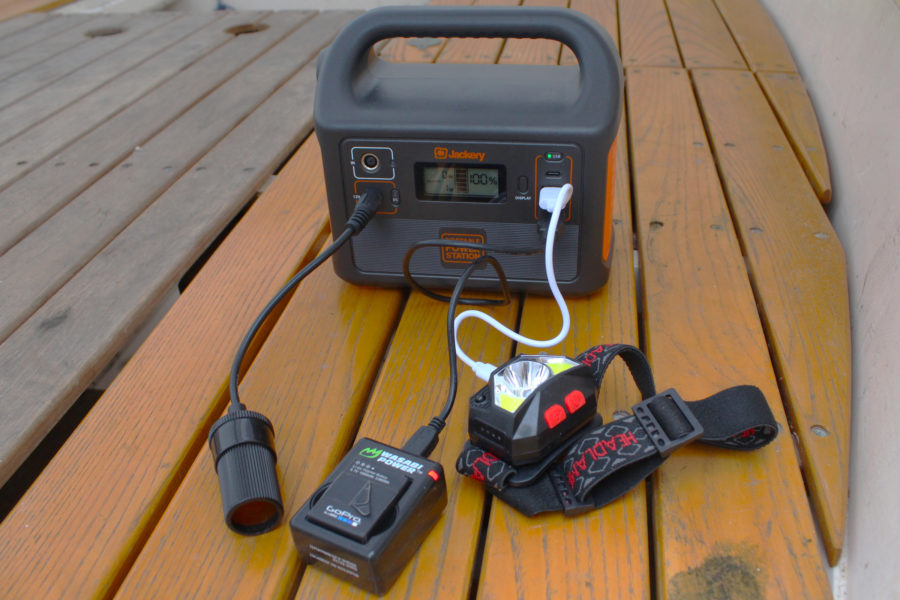

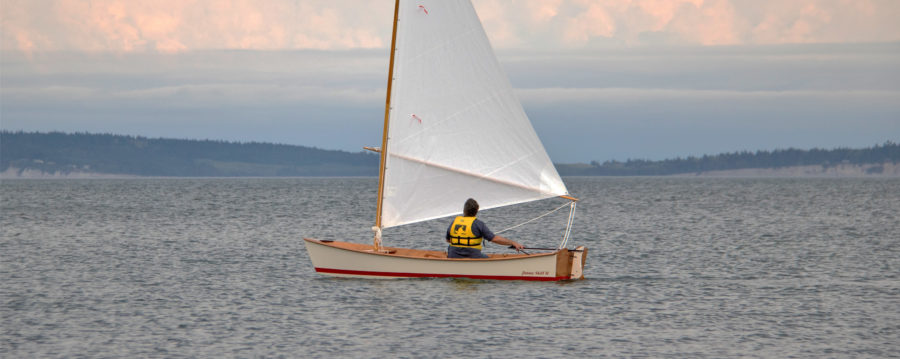
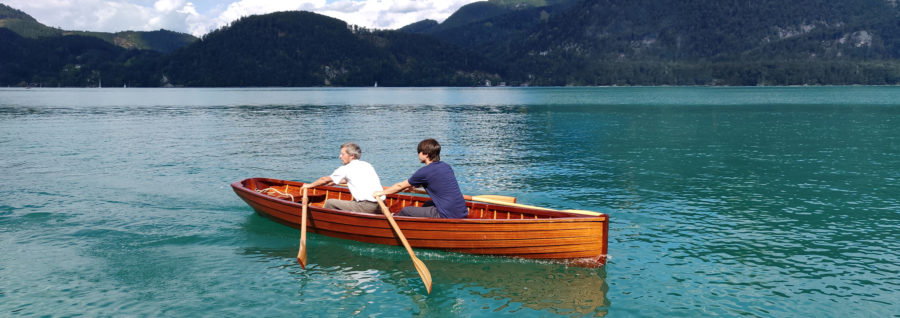
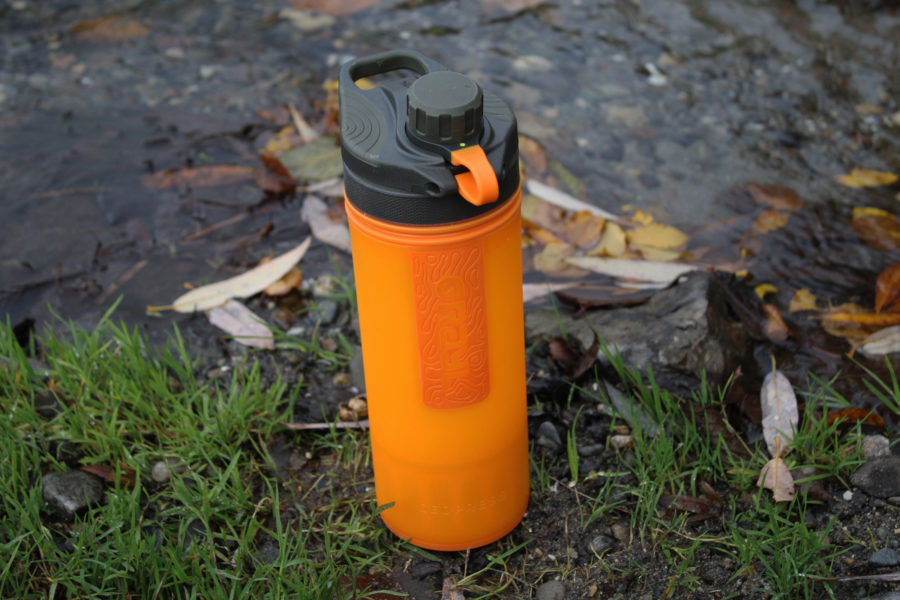
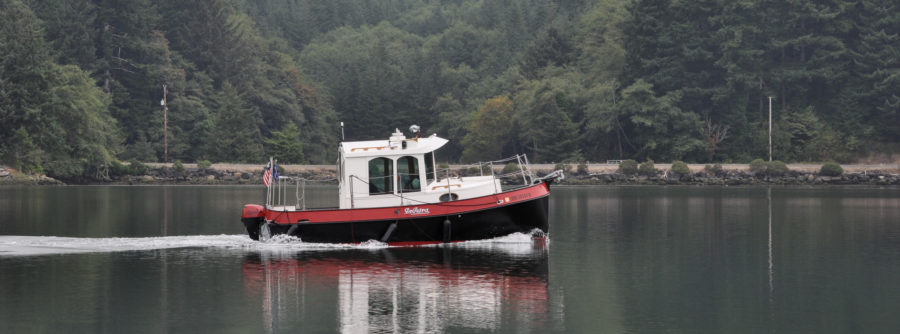
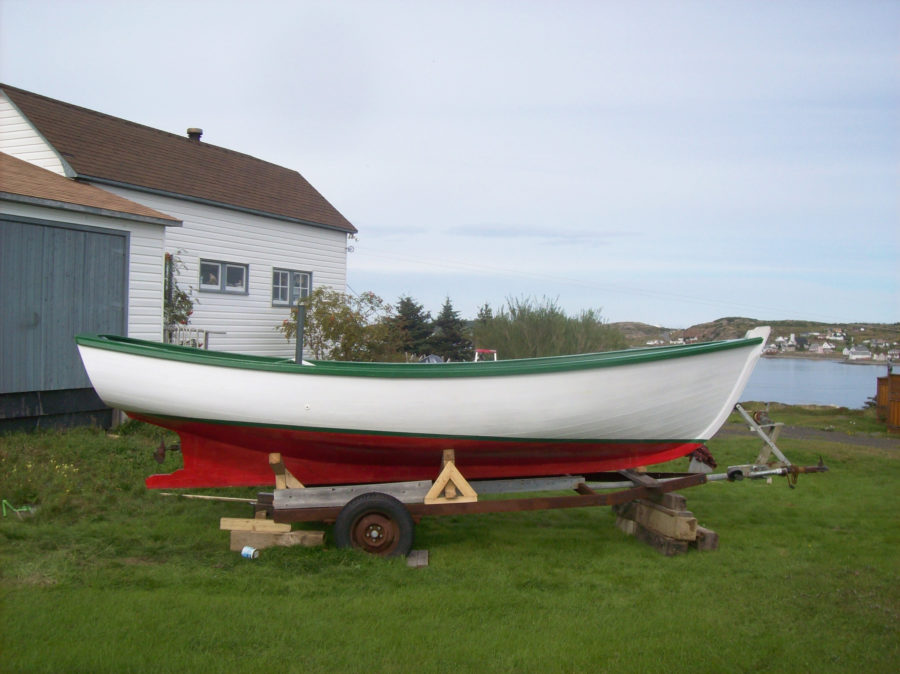
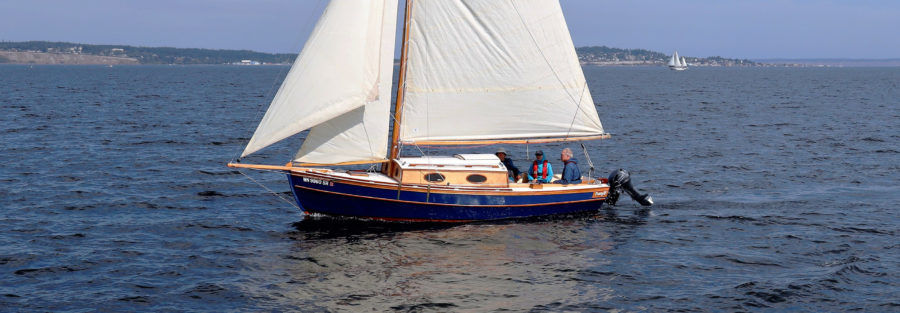
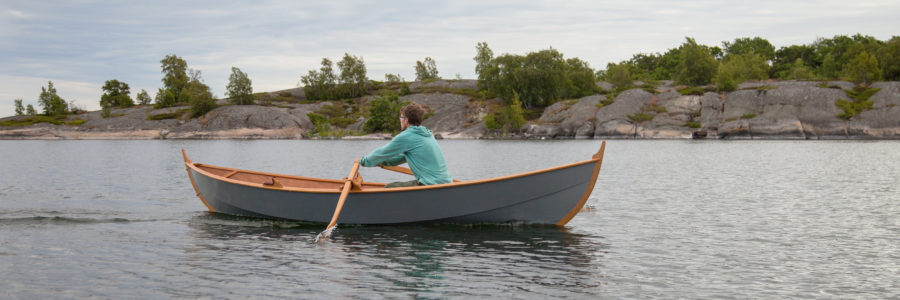

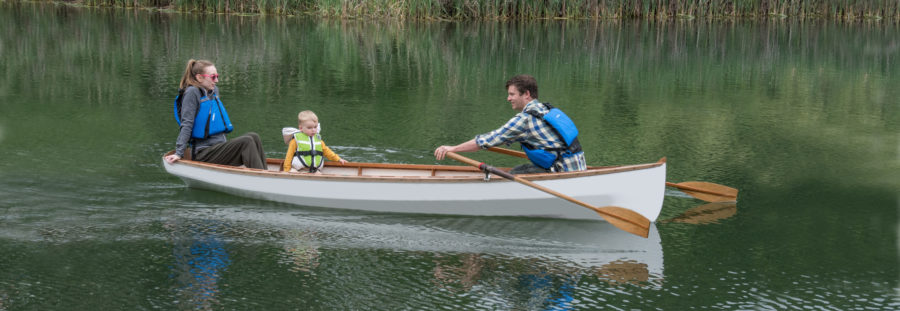
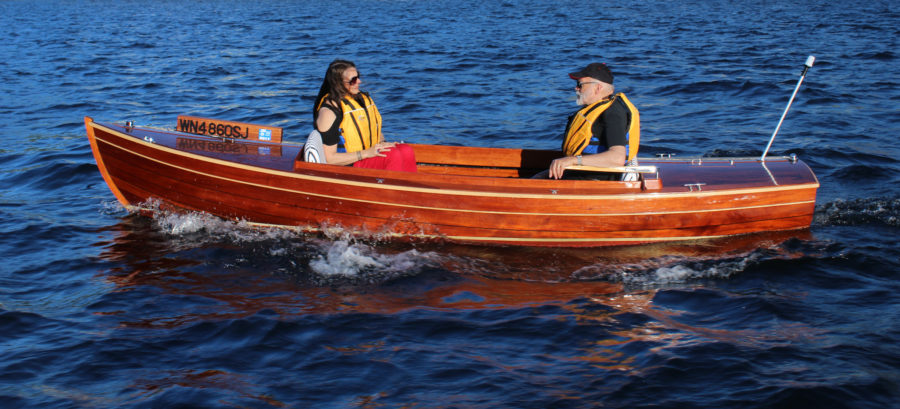
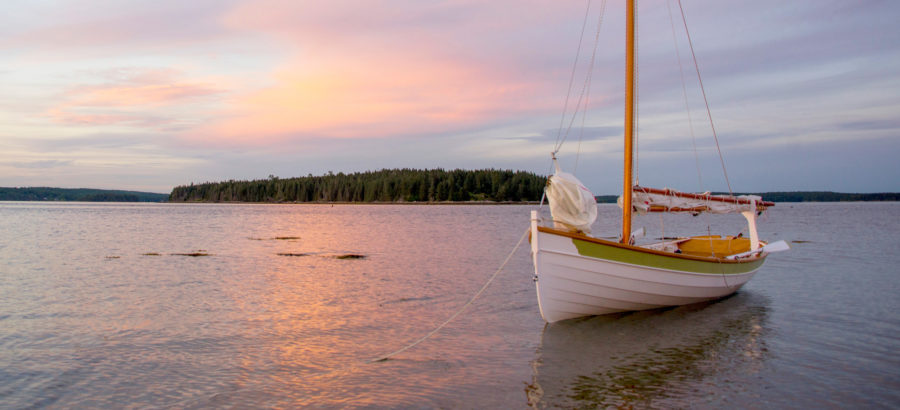
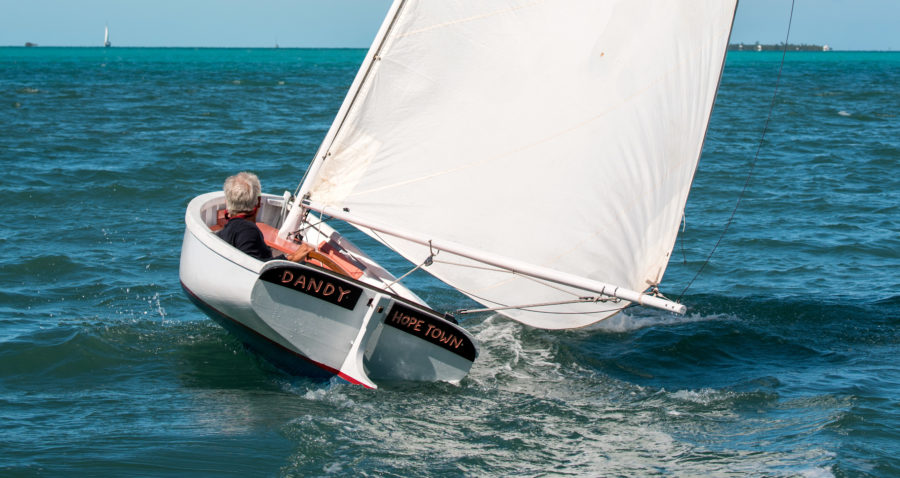
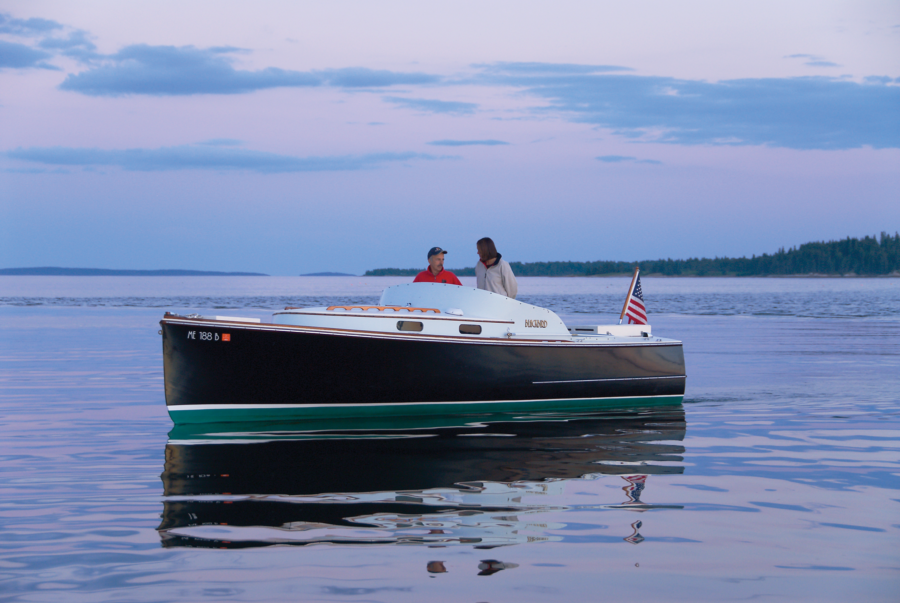
Very nice build. If a 5-hp Torqeedo electric motor were used, any guess on what speed it would get to?
Thank you, it has been a lot of fun. I haven’t had any experience with these electric motors, but I had tried my 6-horsepower Mercury Mark 6A on the boat and, if I remember correctly, it got to 16 mph GPS. I would guess that the speed would be approximately the same with the 5-horsepower Torqeedo.
I built one of these boats, would not turn without a skeg or fin at all. Extremely dangerous.
If you use 1930 plans you will get 1930 performance. Just under power it and it will be OK.
Add skeg. I know what this involves, I have built boats, but it won’t take too long. It’s actually not that deep.
Wonder how it would trim with a modern 4 stroke which are a good bit heavier than the equivalent two stroke? How much does the Merc weigh? The Torqeedo is only nominally a 5 hp motor, but only 35 or so pounds. Common around dinghy docks with inflatables; not obtaining impressive speeds.
The Mercury KG7 weighs 65 pounds, plus approximately 12 pounds for the two gallons of fuel in the integrated fuel tank. The total weight with a full fuel tank is approximately 77 pounds. The remote fuel tank on other engines could be located forward of the cockpit area to help offset the weight of heavier engines. I have not tried any of the newer four-stroke engines on the boat.
While in High School (we won’t say how long ago that was), I built a MiniMax from Motor Boating magazine plans. It would fly with a 15-hp Merc with me and my girlfriend aboard. Flipped it once crossing a pontoon boat’s wake. Thank goodness for the “air pocket” front-end flotation chamber. Great magazine. I wish that I had kept all of those old issues.
I wonder if I would be too tall and heavy for that boat. I’m 6’6” and 250 pounds.
The boat performs well with two 170-lb passengers. I’m 5’11” and weigh 170 lbs, the heaviest passenger that I’ve taken for a ride weighed 225 lbs. The boat handled the weight fine once it was up on plane. However; to get it on plane, I had to lean out over the front deck. It will handle your height and weight as a single-seat boat or with you and a small, lightweight passenger.
I thought that you might like to see my version of an old classic by Bob Switzer. Happy Boating.
https://www.youtube.com/watch?v=ozsALBE1-cg&feature=youtu.be
Mark Kaufman,
Your construction of Midget Flyer 10’ was perfect. Congratulations! I want to build a 10′ Midget Flyer and detail the project with the small changes you made.
Thank you
Thank you, Orlando. I’m sure that you’ll enjoy both building and using the Midget Flyer!
I tried to contact the source for the boat plans but I couldn’t access the website.
Thanks for the heads up. I tried the Goodchild website and had trouble getting past the home page. I’ve emailed D.N. Goodchild to see if access can be restored.
In the meantime, you can get to the original article in the online version of Motor Boating magazine. The article is on page 178.
—Ed.
A nice build story and presentation of the outcome. Much to be said for those small boats that “have a high fun factor and little hassle.”
Two questions: could this boat be lengthened an inch or so at each frame? Have you seen a stitch-and-glue version of this design?
Thanks
If I was lengthening the boat a small amount, I would increase the spacing of the frames by a certain percentage to acquire the desired overall length. Since the frame spacing varies at 11-12-13-15-18-20 and 28 inches, if they were each extended by an inch there could be fairing problems.
I am not aware of a stitch-and-glue version.
Hi Mark,
My name is John and I’m from Annapolis, MD. I’m desperately trying to get a set of plans for this boat. I have one that belongs to a family friend built in 1938/39 that requires a keel up restoration. The source mentioned in the article has been unresponsive, I believe he’s having health issues. Are you able to help point me in the right direction?
Like what I see. I have a small hydroplane that needs some work, also a Mercury Hurricane. Haven’t used it for many years. Last time it was used was when the starter rope tore. Been sitting in the garage ever since.
Later,
Walter Stanz
Milwaukee, Wisconsin